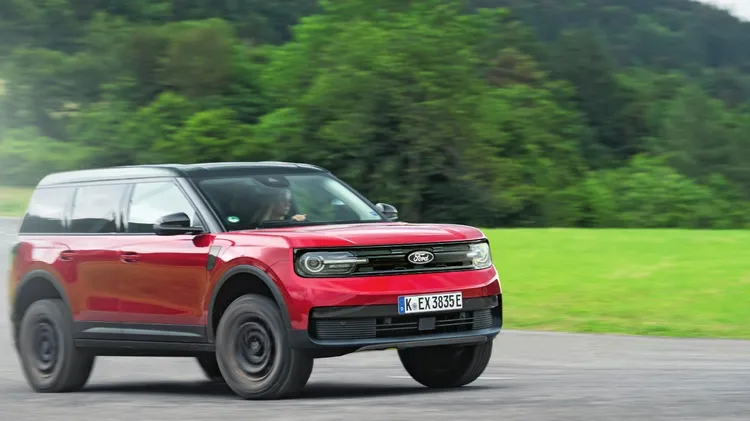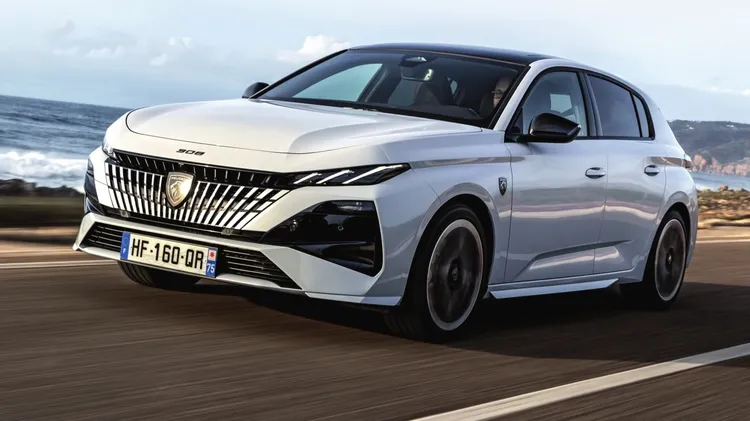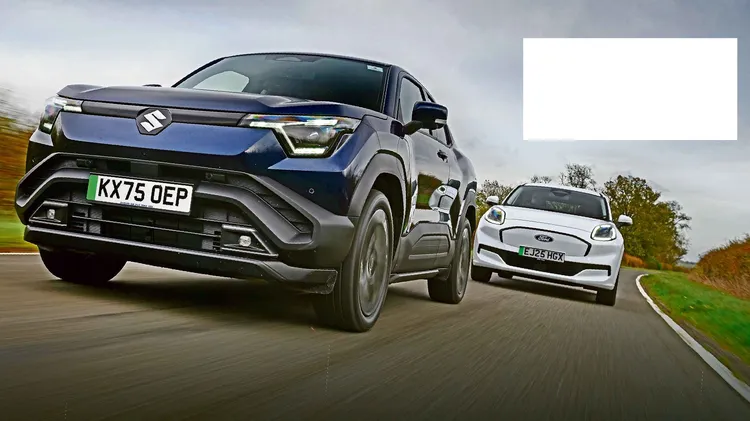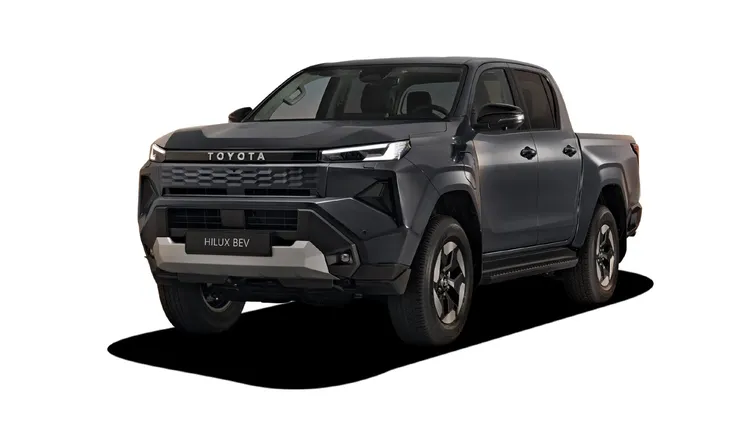Family hatchback is due with a host of unique features in 2025,
Fisker signs off affordable ev
2 min read
This article is from...
Read this article and 8000+ more magazines and newspapers on Readly






